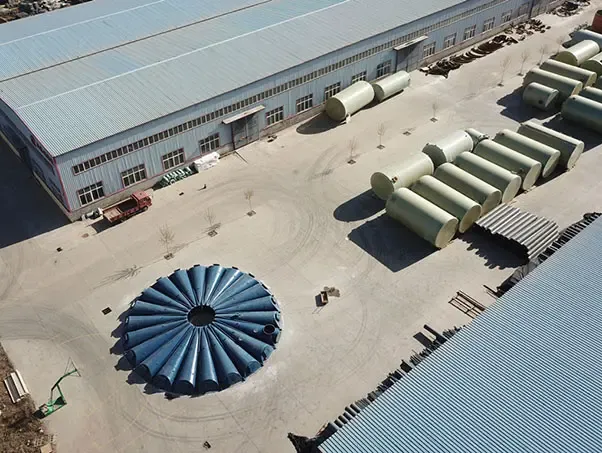
-
 Afrikaans
Afrikaans -
 Albanian
Albanian -
 Amharic
Amharic -
 Arabic
Arabic -
 Armenian
Armenian -
 Azerbaijani
Azerbaijani -
 Basque
Basque -
 Belarusian
Belarusian -
 Bengali
Bengali -
 Bosnian
Bosnian -
 Bulgarian
Bulgarian -
 Catalan
Catalan -
 Cebuano
Cebuano -
 China
China -
 China (Taiwan)
China (Taiwan) -
 Corsican
Corsican -
 Croatian
Croatian -
 Czech
Czech -
 Danish
Danish -
 Dutch
Dutch -
 English
English -
 Esperanto
Esperanto -
 Estonian
Estonian -
 Finnish
Finnish -
 French
French -
 Frisian
Frisian -
 Galician
Galician -
 Georgian
Georgian -
 German
German -
 Greek
Greek -
 Gujarati
Gujarati -
 Haitian Creole
Haitian Creole -
 hausa
hausa -
 hawaiian
hawaiian -
 Hebrew
Hebrew -
 Hindi
Hindi -
 Miao
Miao -
 Hungarian
Hungarian -
 Icelandic
Icelandic -
 igbo
igbo -
 Indonesian
Indonesian -
 irish
irish -
 Italian
Italian -
 Japanese
Japanese -
 Javanese
Javanese -
 Kannada
Kannada -
 kazakh
kazakh -
 Khmer
Khmer -
 Rwandese
Rwandese -
 Korean
Korean -
 Kurdish
Kurdish -
 Kyrgyz
Kyrgyz -
 Lao
Lao -
 Latin
Latin -
 Latvian
Latvian -
 Lithuanian
Lithuanian -
 Luxembourgish
Luxembourgish -
 Macedonian
Macedonian -
 Malgashi
Malgashi -
 Malay
Malay -
 Malayalam
Malayalam -
 Maltese
Maltese -
 Maori
Maori -
 Marathi
Marathi -
 Mongolian
Mongolian -
 Myanmar
Myanmar -
 Nepali
Nepali -
 Norwegian
Norwegian -
 Norwegian
Norwegian -
 Occitan
Occitan -
 Pashto
Pashto -
 Persian
Persian -
 Polish
Polish -
 Portuguese
Portuguese -
 Punjabi
Punjabi -
 Romanian
Romanian -
 Russian
Russian -
 Samoan
Samoan -
 Scottish Gaelic
Scottish Gaelic -
 Serbian
Serbian -
 Sesotho
Sesotho -
 Shona
Shona -
 Sindhi
Sindhi -
 Sinhala
Sinhala -
 Slovak
Slovak -
 Slovenian
Slovenian -
 Somali
Somali -
 Spanish
Spanish -
 Sundanese
Sundanese -
 Swahili
Swahili -
 Swedish
Swedish -
 Tagalog
Tagalog -
 Tajik
Tajik -
 Tamil
Tamil -
 Tatar
Tatar -
 Telugu
Telugu -
 Thai
Thai -
 Turkish
Turkish -
 Turkmen
Turkmen -
 Ukrainian
Ukrainian -
 Urdu
Urdu -
 Uighur
Uighur -
 Uzbek
Uzbek -
 Vietnamese
Vietnamese -
 Welsh
Welsh -
 Bantu
Bantu -
 Yiddish
Yiddish -
 Yoruba
Yoruba -
 Zulu
Zulu
frp boat
Exploring the Versatility and Advantages of FRP Boats
In recent years, the recreational boating industry has seen a significant shift toward the use of fiberglass-reinforced plastic, commonly known as FRP, in boat manufacturing. This material has gained a reputation for its remarkable strength, durability, and versatility, making it an ideal choice for a wide array of boating applications. With a growing interest in sustainable practices, FRP boats are emerging as a preferred option for both recreational and professional mariners.
.
Moreover, the lightweight nature of FRP contributes to enhanced performance on the water. The reduced weight allows for better fuel efficiency and increased speed, providing a more enjoyable and efficient boating experience. Whether for leisurely cruising, fishing, or participating in competitive sports, the performance benefits of FRP boats cannot be overstated. They can often be maneuvered with greater ease and agility compared to their heavier counterparts.
frp boat

The versatility of FRP extends beyond its physical properties. The material can be molded into a wide variety of shapes and sizes, allowing manufacturers to create customized designs to suit specific needs. Whether it's a compact fishing boat, a luxurious yacht, or a high-speed racing vessel, FRP can be adapted to meet the requirements of any pastime. This opens up a world of possibilities for boat enthusiasts, enabling them to find vessels tailored to their specific interests and hobbies.
In addition to its practical benefits, FRP also offers aesthetic advantages. The material can be finished in an array of colors and styles, allowing boat owners to express their individuality. Unlike traditional materials that may require repainting, the color in FRP can be embedded, reducing maintenance requirements and preserving the boat's appearance over time.
However, it's important to acknowledge that while FRP boats present numerous advantages, the manufacturing process does come with environmental considerations. The production of fiberglass can result in waste and emissions that some argue may offset its environmental benefits. Nonetheless, many manufacturers are investing in greener practices, including the use of recyclable materials and improved production techniques to lessen their ecological impact.
In conclusion, FRP boats represent a significant advancement in boat manufacturing, providing a combination of durability, performance, versatility, and aesthetic appeal. As the boating community continues to embrace sustainable practices, FRP is likely to play a crucial role in shaping the future of recreational and professional boating. With their reduced maintenance needs and long-lasting qualities, FRP boats are not only a practical choice but also an opportunity for boaters to enjoy their passion with confidence, knowing that they have chosen a vessel designed for the long haul. Whether you're a seasoned mariner or a newcomer to the world of boating, the options available in FRP offer an exciting pathway to adventure on the open water.









